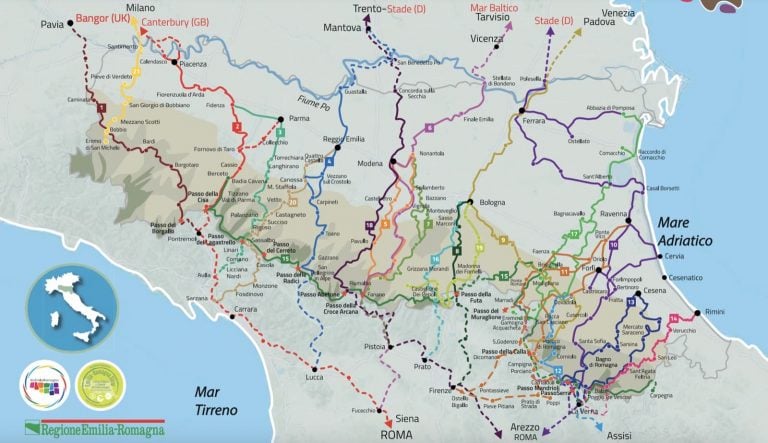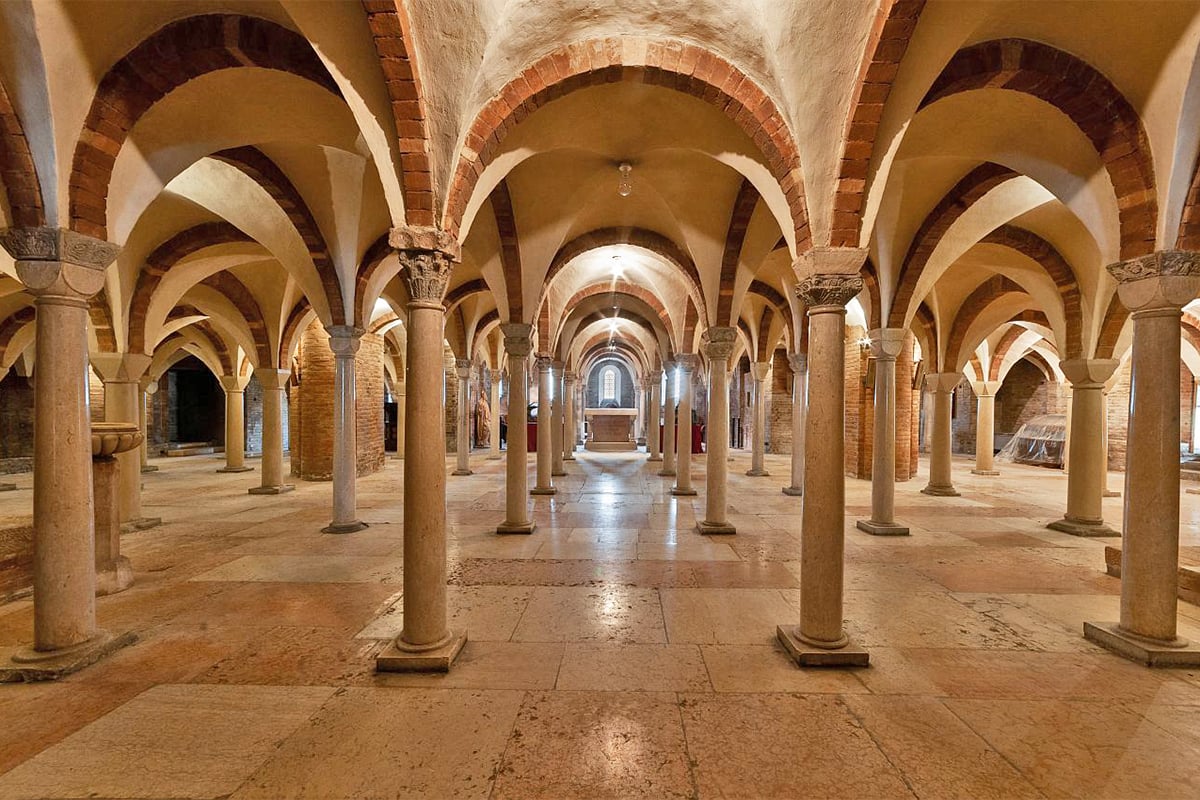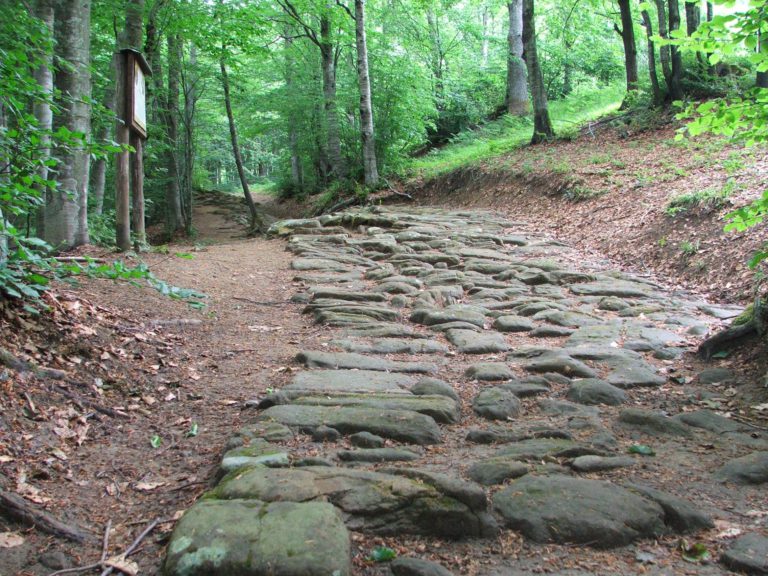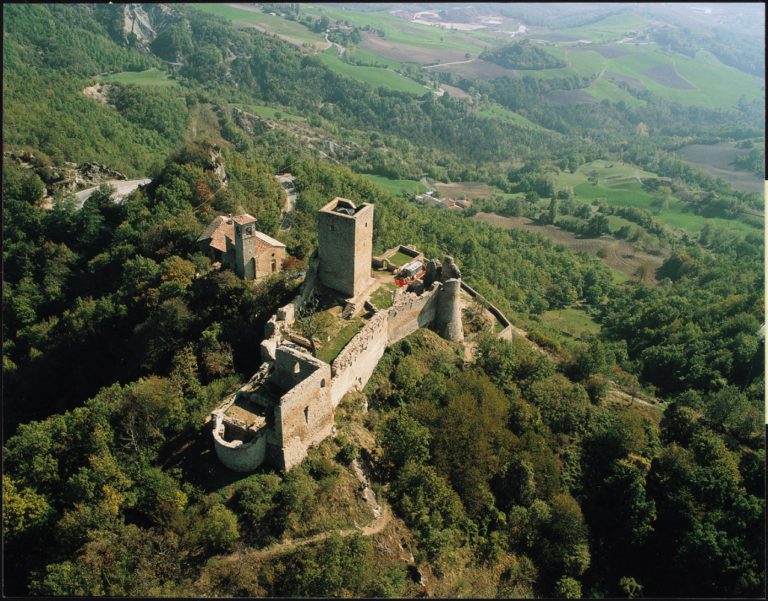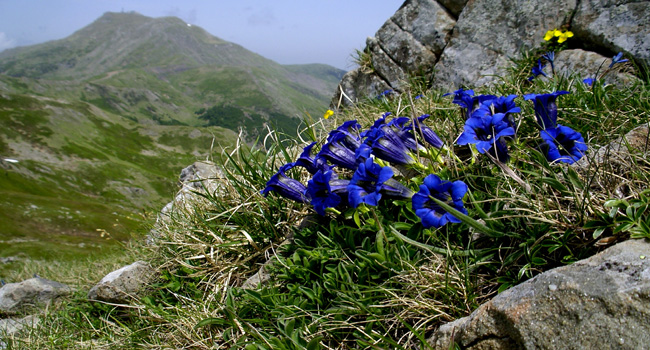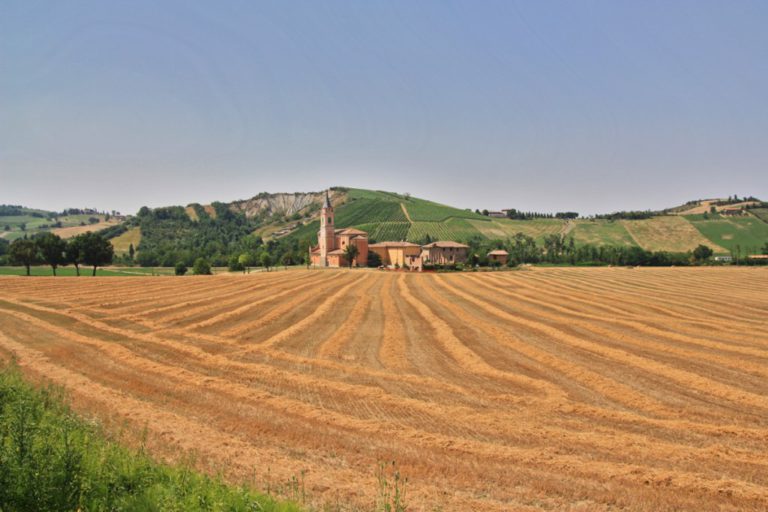The Via della Lana e della Seta (Wool and Silk Road) is a hiking itinerary connecting the cities of Bologna and Prato through the Tuscan-Emilian Apennines. Although it was recently inaugurated, this route boasts a centuries-old history and was once the main trade route between the two cities: Bologna, where Silk was produced, and Prato, famous for its Wool production.
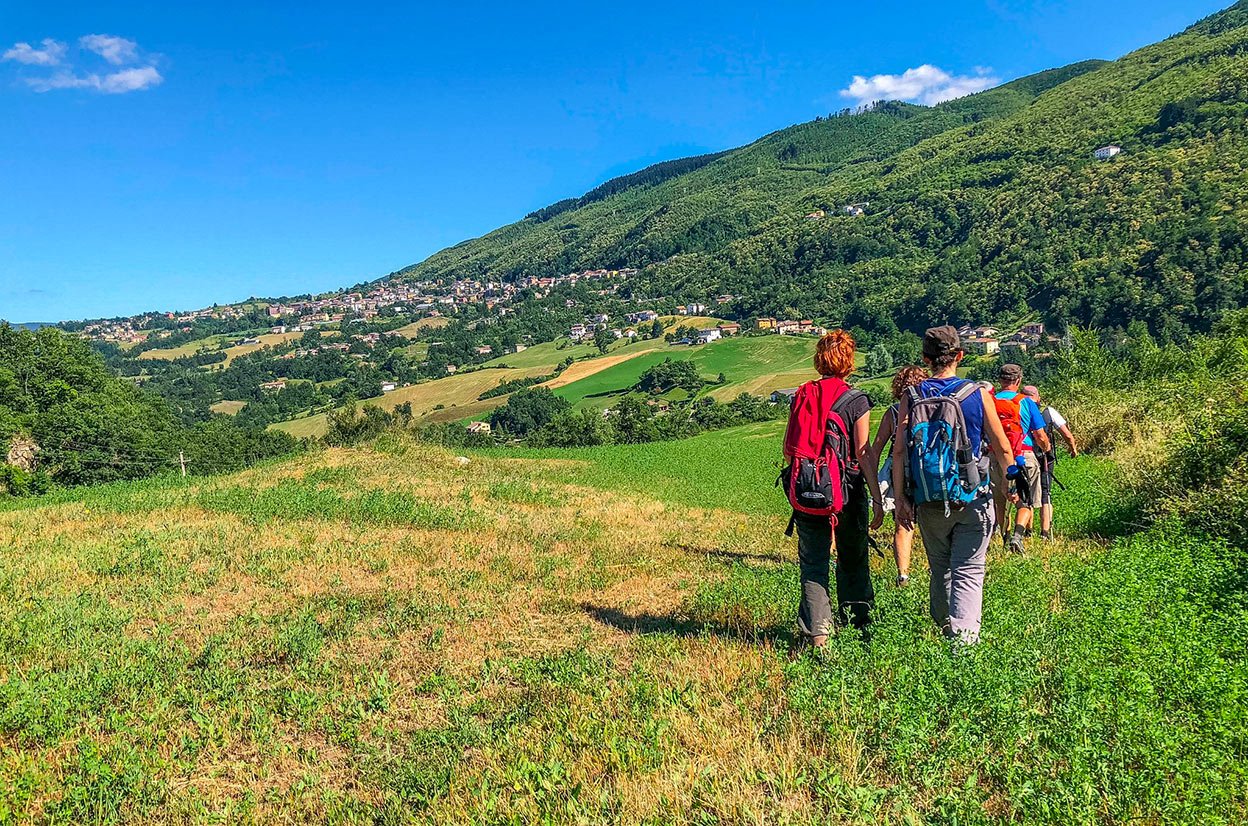
It was along this route that merchants traded their goods between two distinct parts of Italy: Tuscany, overlooking the Tyrrhenian Sea and the Italian Peninsula, and Emilia-Romagna linked with Northern Europe and, through the ports on the Adriatic, with the Far East.
The production of Silk in Bologna started as early as 500 AD thanks both to the close cultural relations that the nearby Adriatic ports had with the Byzantine Empire and the East, and to the revival and improvement by Bolognese merchants of the hand spinning machines invented in the city of Lucca. In Bologna, these ancient machines were in fact equipped with hydraulic motive power, which increased production and at the same time improved quality.
At the beginning of the 16th century, the city of Bologna was one of the major European centres for spinning the precious oriental fabric, so much so that this type of production accounted for most of the city’s exports.
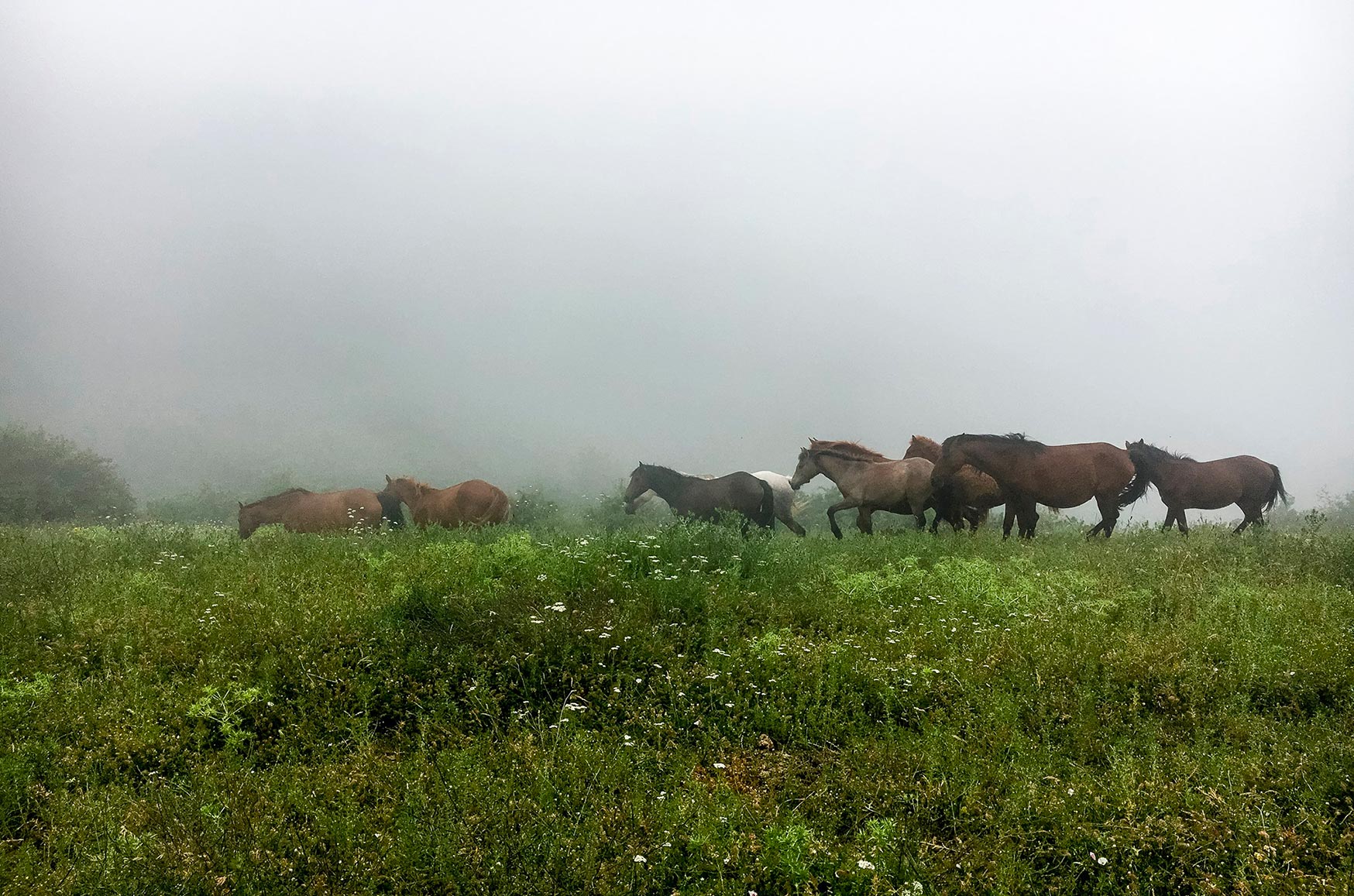
The oldest traces of wool processing in Prato date back to 1100 A.D., when Prato’s wool workers began to use the vast hydraulic system of canals and mills that surrounded the city (also known as the Cavalciotto) for their spinning mills, specialising more and more in the Arte Calimala, a cycle of wool processing that made the cloth softer and more beautiful.
When artisan guilds were formed in the mid-13th century, the wool guild was undoubtedly one of the most important, demonstrating the central role that the wool producers of Prato had assumed in the 12th century in the small Tuscan town.
Two important and neighbouring centres of textile production, together with the powerful guilds to which they belonged, could not remain indifferent to each other for long. It was for this reason that the two cities eventually established a dense network of textile trade, exploiting and rationalising the ancient commercial road network that crossed the Apennines.
What we now call the Via della Lana e della Seta (Wool and Silk Road) is nothing more than the rediscovery and restoration of this ancient route, which saw the prospering of an entire mercantile social class and which laid the foundations of economic success for centuries to come for the cities of Bologna and Prato.
Services and technical information
In the 130 km route (of which about 70 are in Emilia-Romagna), the Wool and Silk Road passes through natural parks and hills with wild and unexpected charm, revealing a landscape made up of small villages and fascinating panoramas.

The complete hike can be done in 6 or more days by walkers, even non-experts and with families. The route develops along paths with white-red signs and with specific signs showing the Road logo. It takes place on mid-mountain peaks and never exceeds 1,000 meters in height. The route is accessible all year round, however, it is necessary to pay particular attention during the winter.
Italian regions crossed: Emilia-Romagna, Tuscany
Stages:
Stage 1 | Bologna – Sasso Marconi
Stage 2 | Sasso Marconi – Grizzana Morandi
Stage 3 | Grizzana Morandi – Castiglione dei Pepoli
Stage 4 | Castiglione dei Pepoli – Montepiano – Vernio
Stage 5 | Vernio – Montecuccoli – Vaiano
Stage 6 | Vaiano – Valibona – Prato
Length: 130 km (the Emilia-Romagna section corresponds to 69 km)
Difficulty Level: medium
On the official website, it is possible to get information on places to eat and sleep along the way, as well as to buy a useful Guide that provides specific technical information for each stage and makes the itinerary available also autonomously, indicating main points of interest, refreshment points, and overnight stay. It is also possible to request the GPX tracks of the track by email.
On the official website it is possible to obtain information on where to eat and sleep along the way, as well as to purchase a useful Guide that provides specific technical information for each stage and makes the itinerary accessible on your own as well, indicating the main points of interest, refreshment points and overnight stays. It is also possible to request the GPX tracks of the route by e-mail.
Info
Wool and Silk Road
Phone: 051 6758409
Mail: info@viadellalanaedellaseta.com
To request GPS tracks: info@viadellalanaedellaseta.com
Author

Walter Manni
Explorer and Adventurer: loves sailing the oceans, climbing the highest mountains and surfing on the waves of the web
You may also like
Route Planner: Sloways in Emilia Romagna
by Walter Manni /// July 31, 2024
Monasteries and Spiritual walks in Emilia-Romagna
by Davide Marino /// May 3, 2019
Emilia Romagna Slow | The Way of the Gods
by Walter Manni /// March 27, 2017

Interested in our newsletter?
Every first of the month, an email (in Italian) with selected contents and upcoming events.
Emilia Romagna Slow | The Romea Nonantolana Way
by Walter Manni /// July 24, 2017
